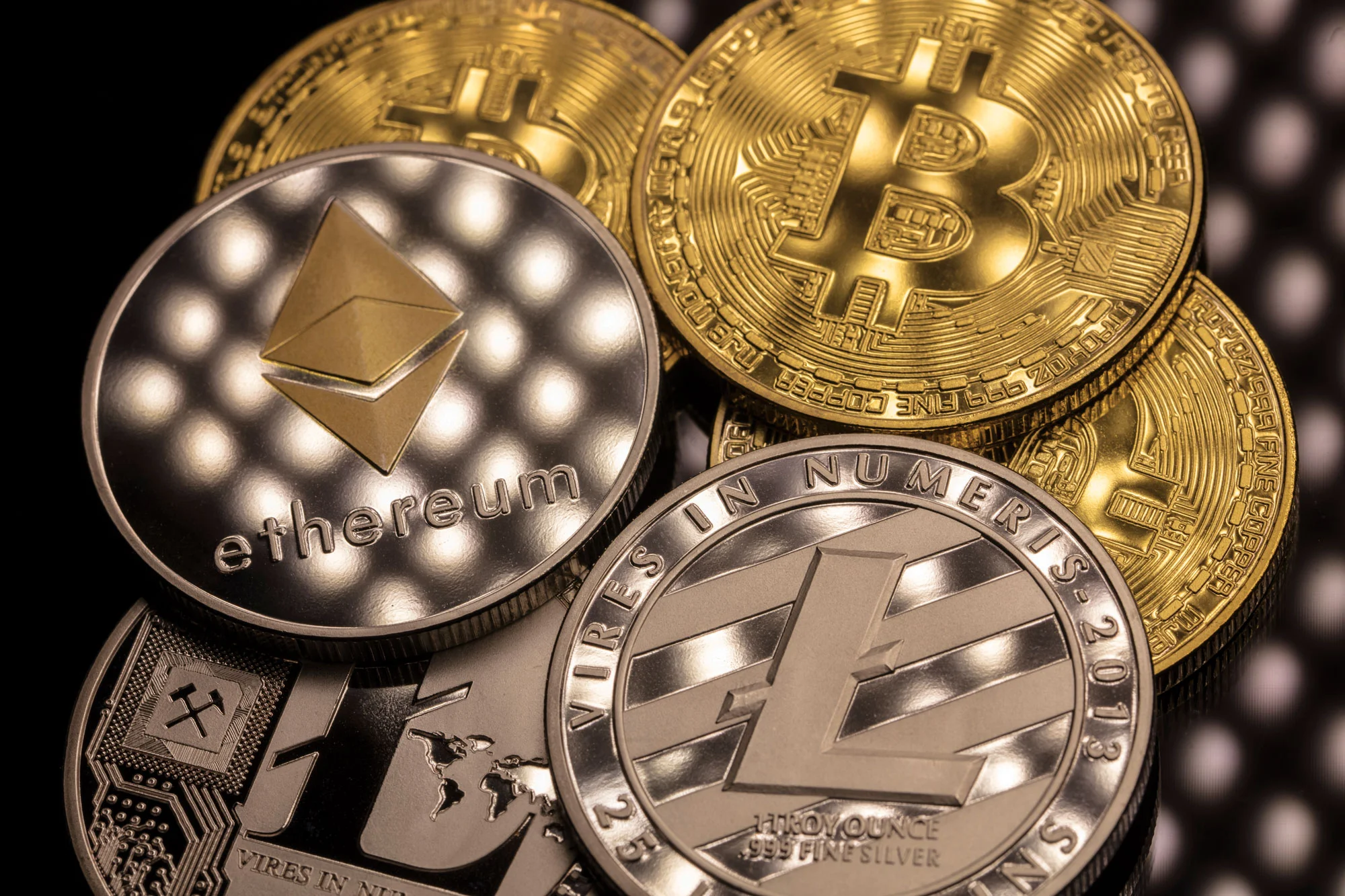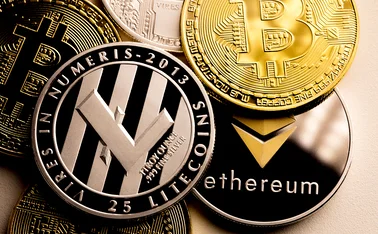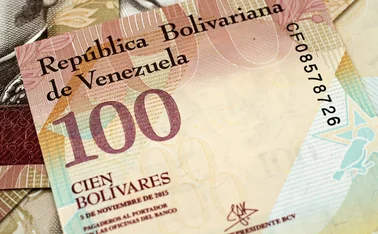
The hunt for a crypto taxonomy
Finding the right term helps shed light on the structure of the fast-growing crypto market

In recent weeks at the Central Banking office in London, we have been debating the correct terminology for the financial products widely termed ‘cryptocurrencies’. In struggling to develop a house style for these slippery entities, we have been forced to think through the structure and dynamics of the crypto market – as have central bankers and financial market participants around the globe.
Amid the first major surge of interest in the field, around the time of bitcoin’s first peak, in 2013, the most common term was ‘digital currencies’, which we later adopted as the section heading on our website for all things crypto. But the term fell out of favour more recently, as many in the field pointed out that most currency in the financial system is digital, created in the process of commercial bank lending. What sets other forms apart is their cryptography, as well as the distributed nature of their underlying networks.
As such, ‘crypto currency’ emerged as the nom du jour, especially among the die-hard adherents of bitcoin and other ‘coins’ – the ‘hodlers’, who ‘hold on for dear life’ through the violent price swings.
Crypto Ponzi?
Central bankers, however, have recently challenged this appropriation of the term ‘currency’, to which they devote so much energy protecting. Bank for International Settlements general manager Agustín Carstens slammed cryptos as a “combination of a bubble, a Ponzi scheme and an environmental disaster” in remarks in February. Bank of England governor Mark Carney then highlighted their poor adherence to the standard definition of currencies – they fail as stores of value, mediums of exchange and units of account. Shortly afterwards, the Financial Stability Board, which Carney chairs, adopted the term ‘crypto asset’.
‘Crypto asset’ has many appealing features. It delegitimises cryptos as contenders to be currencies, while acknowledging that some crypto assets have some value – although the Bank of England’s Financial Policy Committee notes bluntly that anyone buying crypto assets “should be prepared to lose all their money”.
The Bank of England’s Financial Policy Committee notes bluntly that anyone buying crypto assets “should be prepared to lose all their money”
At Central Banking, we recently discussed whether ‘asset’ was applicable to cryptos with colleagues on sister site FX Week, and they noted foreign exchange is often not termed an asset class in its own right. Foreign currency must be invested in some other product for it to give a return, with one possible exception being currencies suffering deflation.
As a candidate for a deflation sufferer, bitcoin is hard to beat. Its first recorded value, says CoinDesk data, was just six US cents, on July 19, 2010. By the peak on December 16, 2017, one bitcoin would buy $19,343.04. Calculating a rate of deflation is hard when so few goods are priced in bitcoin, but the appreciation relative to the dollar over those seven years was a little over 32,000,000%. If bitcoin had a central bank governor, she would have been fired some time ago.
A ‘token’ effort
One alternative contender in the crypto nomenclature stakes is ‘crypto token’. Here, it is worth delving into the Ethereum network, whose crypto asset of the same name is second only in price to bitcoin. Ethereum describes itself as a “decentralised platform that runs smart contracts”. It has its own distributed ledger that others can tap into to create their own systems, which has led to an explosion of ‘initial coin offerings’ in which entrepreneurs offer ‘tokens’ in exchange for investment in their projects. The smart contracts allow these agreements to be automatically fulfilled. Some projects have very little tangible on offer, and others are bizarre. Bananacoin, which operates via the Ethereum network, claims to peg the value of its token to the price of a kilo of bananas.

The creators of Ethereum do not appear to see eye to eye with central bankers on the question of currency. Indeed, the Ethereum website exhorts users not only to create their own ‘currency’, but to build a ‘central bank’, and it gives out template code to that end. Would-be central bank governors can set the money supply (fixed or rising) and the cost of transacting in their new ‘currency’ – although cheap payments may suffer long delays.
Like many distributed ledgers, Ethereum currently struggles with volume issues. One of the projects on its network, CryptoKitties, clogged the system in late 2017, amid a modern-day tulip craze in the form of virtual images of cats. The most expensive kitty reportedly changed hands on December 7 for 253.3 Ethereum, or $107,000 at that day’s exchange rate. Trading volume peaked at about 17,000 kitties per day on December 10, said one data-gatherer, and has since crashed along with the price.
One central banker who works on crypto-based research tells Central Banking he uses the term ‘crypto token’ for Ethereum-based tokens, and ‘crypto coin’ for those with their own distributed ledger, such as bitcoin. Both could legitimately be included under the umbrella term ‘crypto asset’. Although different central banks have taken different approaches, this strikes us as sensible.
Central bank digital currency
One final category worth mentioning is ‘central bank digital currency’ (CBDC). Here, the accepted terminology – for now, at least – retains both the ‘digital’ and ‘currency’ phraseology. Both retail and wholesale versions are under consideration, although the Committee on Payments and Market Infrastructures views a wholesale CBDC, available only to a selected group of financial firms for securities settlement, as the most promising avenue.
A retail CBDC would likely entail giving the general public access to accounts at the central bank, with the possibility that these ultra-safe assets would erode the financial system’s deposit funding and encourage runs.
The validation method is key. Older forms of digital currency, such as commercial bank money, take their legitimacy from a trusted central party charged with validating transactions. By contrast, CBDC generally implies cryptographic, distributed validation. But that needn’t be the case: the central bank could offer accounts to the general public without the need for a distributed ledger. For example, Aleksander Berentsen and Fabian Schar raise the idea of central banks offering non-crypto retail accounts in a recent paper published by the Federal Reserve Bank of St Louis.
For the time being, at least, Central Banking will use ‘crypto asset’ to refer to the privately issued variety, and CBDC to refer to the cryptographic central bank-issued versions currently on the drawing board. The overall heading ‘digital currencies’ remains adequate to capture both, albeit with the caveats noted above. And the terms ‘crypto coin’ and ‘crypto token’ remain useful when differentiating between private cryptos. This leaves us with the following Central Banking crypto taxonomy:
Recent crashes notwithstanding, the indications are that crypto assets will only grow further in the years ahead, and central bankers will continue to devote serious effort to digital currency research. Finding the right terminology may help guide thinking in this fast-changing area.
Only users who have a paid subscription or are part of a corporate subscription are able to print or copy content.
To access these options, along with all other subscription benefits, please contact info@centralbanking.com or view our subscription options here: http://subscriptions.centralbanking.com/subscribe
You are currently unable to print this content. Please contact info@centralbanking.com to find out more.
You are currently unable to copy this content. Please contact info@centralbanking.com to find out more.
Copyright Infopro Digital Limited. All rights reserved.
You may share this content using our article tools. Printing this content is for the sole use of the Authorised User (named subscriber), as outlined in our terms and conditions - https://www.infopro-insight.com/terms-conditions/insight-subscriptions/
If you would like to purchase additional rights please email info@centralbanking.com
Copyright Infopro Digital Limited. All rights reserved.
You may share this content using our article tools. Copying this content is for the sole use of the Authorised User (named subscriber), as outlined in our terms and conditions - https://www.infopro-insight.com/terms-conditions/insight-subscriptions/
If you would like to purchase additional rights please email info@centralbanking.com
Most read
- ECB staff speak out against changes to internal survey
- Central bank of the year: Central Bank of Brazil
- Fed holds rates as it struggles with inflation’s last mile








